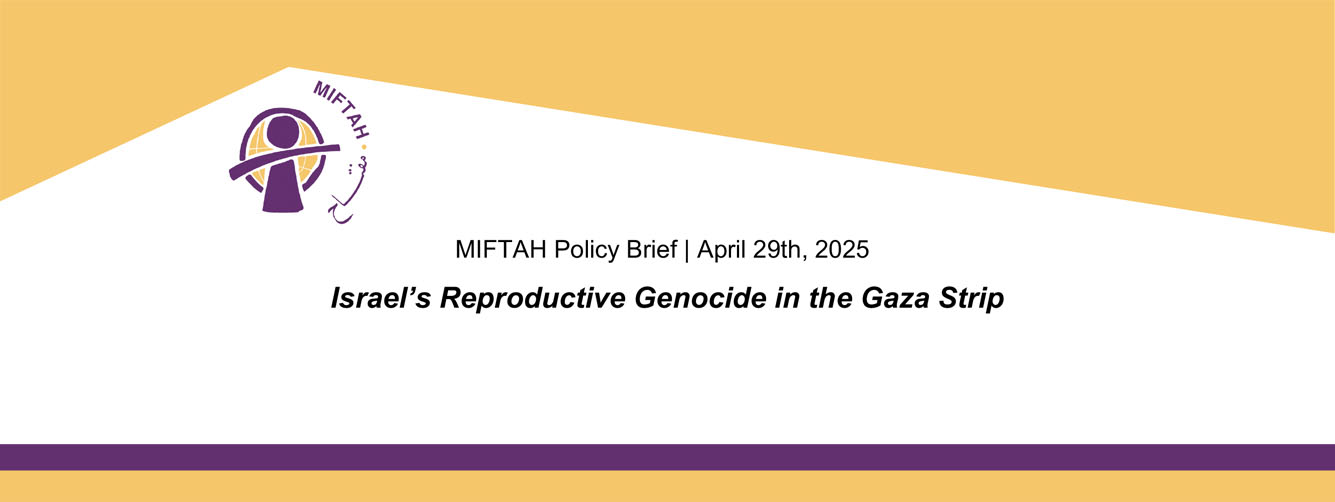On 30 April 2006, the Israeli cabinet approved a revised route of the West Bank Barrier and published a map on the Ministry of Defense’s website, (www.seamzone.mod.gov.il). The previous map was released on 20 Feb 2005.2 Based on this revised map, the total length of the Barrier route will be 703 km long compared to 670 km of the previous route.
In June 2002, the Government of Israel began construction of the Barrier following a series of suicide bombings and attacks by Palestinian militants on Israeli citizens. It maintained that the Barrier is a temporary structure to prevent such attacks on Israeli citizens. Since then, Israeli government officials have stated that the Barrier could have “political implications”.3
The major changes to the Barrier route from the previous route are detailed below and on the attached maps. This report preliminarily analyzes the revised route and its humanitarian impact. A more extensive technical analysis is forthcoming.
I. Status of the Barrier
Fifty-one percent (51%) of the West Bank Barrier construction is completed (362 km), 13% is under construction (88 km) and 36% remains marked as planned (253 km). Of the completed sections, 42 km are concrete segment slabs and 320 km of the Barrier consist of approximately 50 metres-wide areas of fences, patrol roads, barbed wire, tracking sands and an electronic observation system.4
II. Humanitarian Impact
Palestinian population affected
- If the Barrier is completed based on the current route, 60,500 West Bank Palestinians living in 42 villages5 and towns will reside in areas between the Barrier and the Green Line or in closed areas. In the constructed parts of the Barrier, people living in these areas must obtain a permit to pass through a gate in order to access health and education services, jobs, and markets in the West Bank. Of these, 12 villages and about 31,400 Palestinians are particularly affected as they will be both completely encircled by the Barrier and on the west side of the Barrier. Additionally, approximately 124,300 Palestinians living in 28 villages will be located on the east side, but surrounded by the Barrier on three sides and controlled on the fourth with an associated physical closure. The areas are Qalqiliya town, and Biddya and Biddu areas.
- The Barrier route affects Palestinians living on the West Bank side (east) of the Barrier, who need to cross it to get to their farms, jobs and maintain family connections. More than 500,000 Palestinians, for example, live within a one kilometre strip of the Barrier.
- About 44,709 Palestinian residents of Qalqiliya city are encircled by the Barrier on three sides. There are two openings to the West Bank through the Barrier: the main one, is east through the Barrier and a second one, is south through a tunnel under the Barrier. Both openings are narrow and have been closed periodically by the Israeli security forces.
- Approximately one-quarter of the 230,000 Palestinians holding East Jerusalem residency permits are located on the West Bank side (east) of the Barrier. These East Jerusalem ID card holders need to wait in line to cross through one of four terminals to access Jerusalem for daily services and jobs.6
- The Barrier around Jerusalem and the Ma’ale Adumim settlement group will impede both movement into Jerusalem, and north-south movement within the West Bank by blocking roads currently used by Palestinians. In January 2006, the IDF barred West Bank Palestinians from using 8 of the 12 routes into Jerusalem, diverting them to enter through terminal crossings with extensive security checks.
To View the Full Report as PDF (600 KB)







